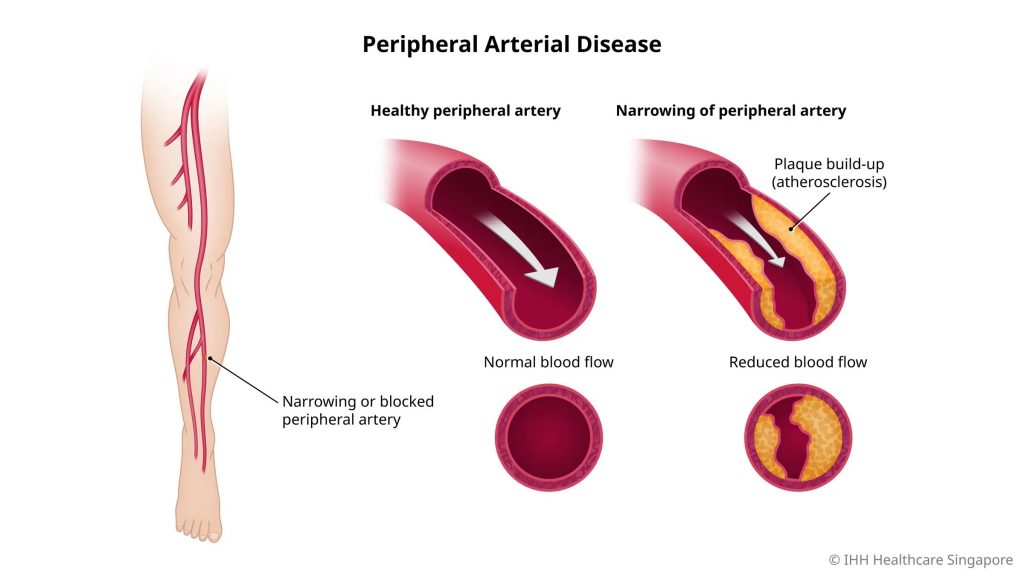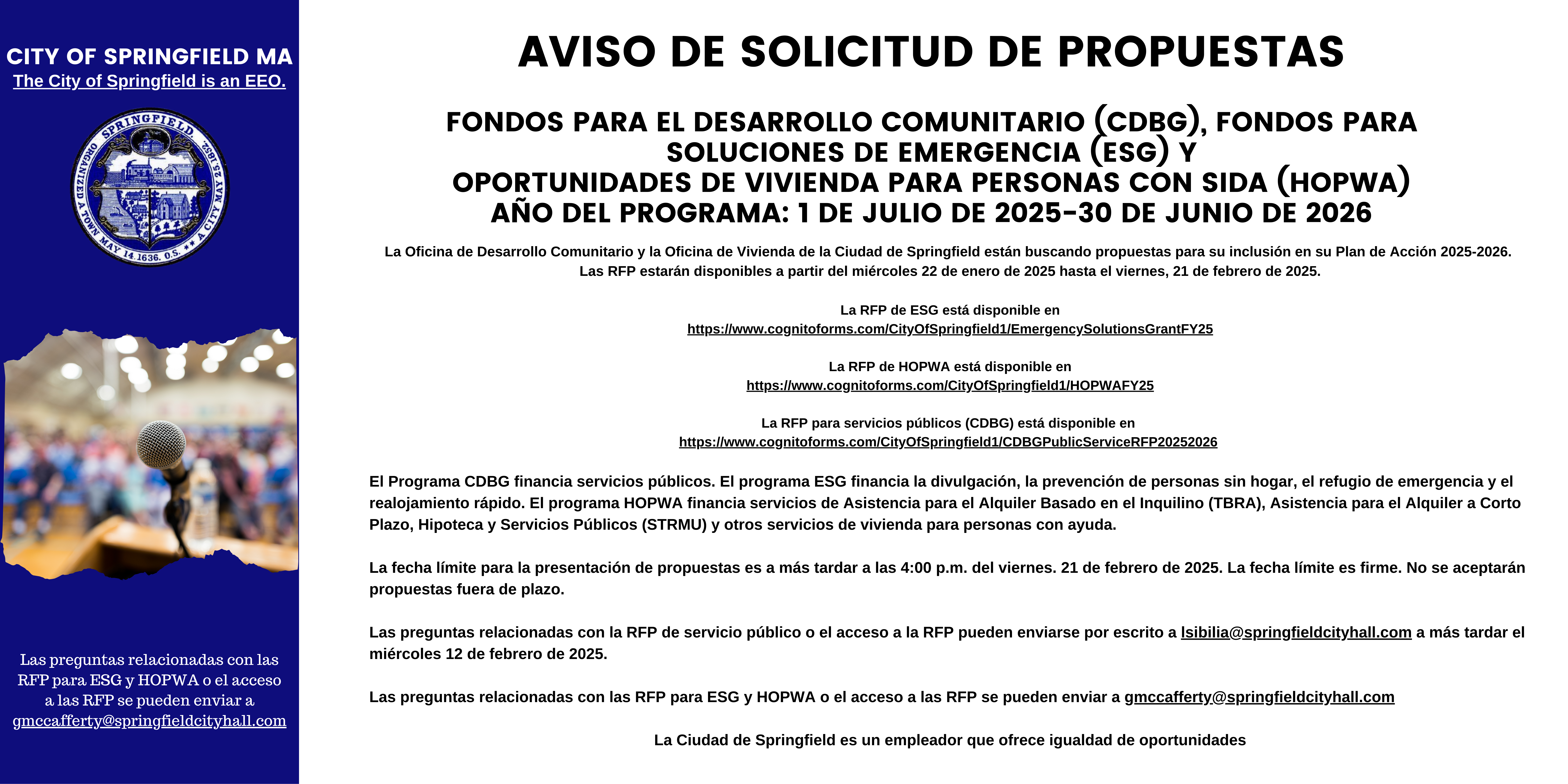Do you suffer from Peripheral Artery Disease (PAD)?
1 in every 20 Americans suffer from PAD and African Americans are more likely to suffer from it per the National Institute of Health.
Let’s talk about what is Peripheral Artery Disease (PAD).
PAD is the narrowing of your arteries that carry blood to your arms and legs. The arteries over time become narrowed or even blocked due to the formation of fatty plaque inside the artery walls. This fatty plaque buildup usually occurs from the results of smoking, high cholesterol, being a diabetic, common in individuals age 50 or older, and due to obesity. The narrowing of the arteries does not allow adequate blood flow that is required to oxygenate your organs.

What are the signs and symptoms of PAD?
A high percentage of people are walking around with peripheral artery disease without symptoms. For those that do have symptoms, you may experience what is called Claudication in which one would report heaviness, fatigue, or cramping in the legs when walking.
You may also experience pain in your legs or feet that disturb sleep, color changes on your skin (dark blue or pale color), your leg may feel cooler than normal, you may develop sores and wounds, poor nail growth, and/or a decrease in hair growth on toes and legs.
What can you do about PAD?
Definitely contact your healthcare provider who can do some tests such as an Ankle Brachial Index Test that measures your blood pressure in your legs and compares your blood pressure in your arms to determine if you have PAD.
A Doppler Ultrasound could be completed to assist in determining what particular artery may be blocked. Your healthcare provider should also recommend physical therapy that will assist in helping you get moving and relieving your pain.
Physical Therapy and the prescription of exercise have been shown to reduce pain in the legs and arms. Exercise does your body good in improving blood circulation which helps with decreasing pain. Don’t be surprised if your physical therapist puts you on a treadmill. Your physical therapist will also educate you on some lifestyle changes of increasing your physical activity, eating healthier, and smoking cessation.
If you are experiencing leg pain that is nagging, slowing you down, and preventing you from living your best life, I highly encourage you to get it checked out sooner rather than later. Peripheral Artery Disease can get worse over time. Don’t let peripheral artery disease get in your way!
Dr. Katrina Banks, PT DPT, CCI, CSRS, LSVT-BIG, NCS
Board Certified Neurologic Specialist
Owner/Physical Therapist at Neurologic Optimal Wellness Physical Therapy






